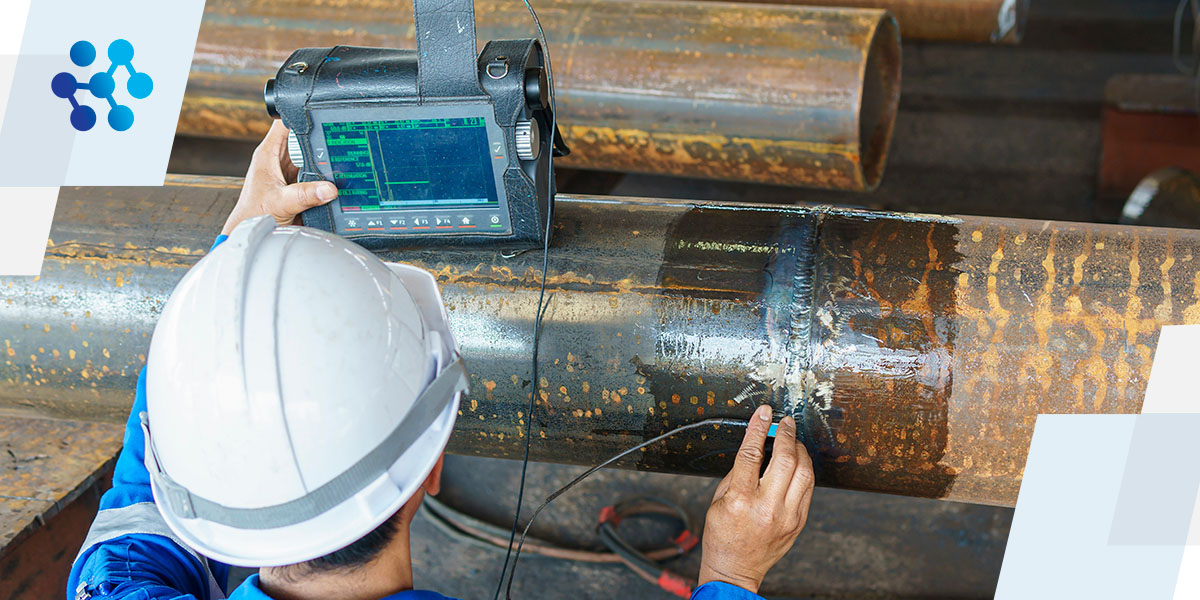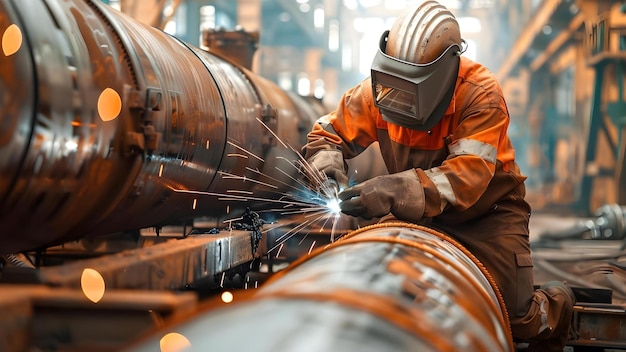The Essential Function of Container Welding Assessment in Ensuring Structural Honesty and Security Compliance in Industrial Applications
In the realm of industrial applications, container welding evaluation becomes a pivotal component in safeguarding structural integrity and making sure compliance with safety regulations. Using a mix of methods such as visual analyses and advanced testing methods, these inspections serve to recognize and minimize prospective imperfections before they intensify into considerable hazards. The implications of these techniques expand beyond simple regulative adherence; they essentially influence operational performance and property longevity. The intricacies bordering the examination process trigger a closer evaluation of its techniques and outcomes, disclosing layers of importance that value more exploration.
Importance of Storage Tank Welding Examination

Making certain conformity with market standards and regulations is one more significant facet of storage tank welding examination. Regulative bodies mandate strict standards for the construction and maintenance of storage containers, and thorough inspections help organizations abide by these requirements. Non-compliance can lead to severe charges, consisting of fines and closures, additionally stressing the requirement for extensive assessment methods.
Furthermore, storage tank welding inspection plays a critical role in maintaining operational effectiveness. Regular evaluations can identify prospective problems prior to they escalate, helping with prompt fixings and lessening downtime. This proactive strategy not only enhances security however additionally adds to cost savings in the future. In recap, the relevance of tank welding inspection hinges on its capacity to guard public wellness, shield the atmosphere, and make sure compliance with regulative frameworks.
Key Assessment Techniques
Effective container welding evaluation counts on a selection of key techniques that make sure comprehensive analysis of weld high quality and structural stability. Amongst the most prevalent techniques are visual examination, ultrasonic testing, radiographic testing, and magnetic bit screening - Tank Welding Inspection. Each method supplies unique benefits in examining different facets of the weld
Aesthetic examination offers as the first line of defense, allowing examiners to determine surface area problems, irregularities, or variances in the weld grain. Ultrasonic screening employs high-frequency sound waves to find inner imperfections, such as splits or voids, offering an extensive evaluation of weld integrity. This method is especially reliable in detecting concerns that might not be visible on the surface area.
Radiographic screening utilizes X-rays or gamma rays to produce images of the welds, revealing internal interruptions and offering a permanent record for future recommendation. This strategy is extremely efficient for vital applications where the risk of failing have to be decreased.
Finally, magnetic bit testing is utilized to identify surface and near-surface problems in ferromagnetic materials. By using magnetic areas and fine iron bits, assessors can pinpoint gaps that might jeopardize the structural stability of the container. With each other, these methods form a durable framework for making certain high-grade welds in commercial applications.
Conformity With Security Specifications

Routine examinations play an essential function in making certain compliance by identifying prospective failures or discrepancies from suggested criteria. Inspectors are educated to review weld quality, confirm material requirements, and evaluate the general architectural stability of storage tanks. Their experience is crucial in ensuring that welding procedures satisfy the required safety criteria.
Additionally, compliance with safety and security standards not only safeguards workers yet additionally safeguards the atmosphere from prospective risks such as leaks or disastrous failings. Organizations that prioritize safety conformity are better positioned to mitigate risks, improve functional effectiveness, and foster a culture of security within their workforce. In summary, maintaining strenuous conformity with safety criteria is crucial for the effective procedure of tank welding activities in commercial setups.
Advantages of Normal Inspections
Routine evaluations are important to preserving the architectural stability and safety of bonded storage tanks. These assessments provide an organized method to determining prospective issues or weaknesses in the welds, ensuring that any type of concerns are attended to before they intensify right link into substantial failures. By performing routine analyses, companies can find corrosion, tiredness, and other kinds of degeneration that might jeopardize tank performance.
Moreover, consistent examinations add to compliance with market regulations and criteria. Sticking to these guidelines not only reduces lawful threats yet also improves the company's credibility for security and reliability. Regular inspections foster a proactive safety culture, encouraging workers to recognize and focus on the significance of equipment honesty.

Situation Studies and Real-World Applications
Instance research studies and real-world applications show the tangible influence of efficient tank welding examination techniques. One remarkable instance is a big petrochemical center that encountered Extra resources significant functional disturbances as a result of leaks in tank. Adhering to the execution of extensive welding inspection procedures, consisting of visual and ultrasonic testing, the facility determined crucial flaws in weld seams that could have brought about devastating failings. This aggressive approach not only protected against environmental dangers but additionally conserved the business millions in possible cleaning prices and regulative fines.
Similarly, a water therapy plant implemented a thorough evaluation program for its storage tank welding procedures - Tank Welding Inspection. By integrating non-destructive testing methods, the plant was able to find early indications of deterioration and tiredness in weld joints. This prompt treatment expanded the lifespan of the tanks and guaranteed compliance with security laws, thus protecting public wellness
These study underscore the significance of normal and organized storage tank welding inspections. By prioritizing these methods, industries can alleviate dangers, improve architectural stability, and make sure conformity with safety standards, inevitably causing improved functional performance and reduced obligations.

Final Thought
In conclusion, tank welding inspection is an indispensable component of keeping structural integrity and safety in commercial applications. Utilizing numerous evaluation strategies ensures early discovery of possible defects, consequently protecting against catastrophic failures.